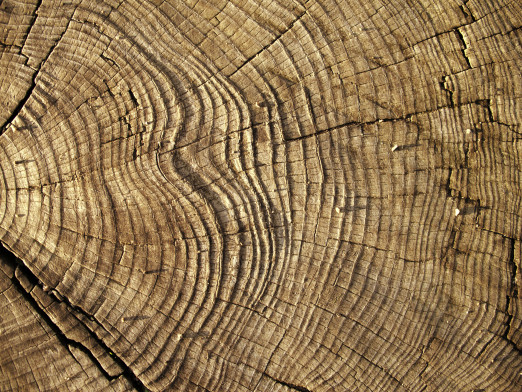Understanding Wood Grain

The grain in wood is one of its most attractive features, but one that can also make it difficult to work with. Because of the way that wood grows, every piece of timber has a clear grain direction, which appears differently depending on how the board is sawn.
Technically ‘wood grain’ refers to the alignment, texture and appearance of wood fibres, whereas it’s ‘figure’ describes the pattern created by the grain orientation. Basic grain descriptions and types include:
· Straight-grain: this runs in a single direction along the cut wood.
· Cross-grain: created when some cells grow out from the centre of the tree.
· Spiral-grain: this develops as the trunk of the tree twists during development.
· Interlocked-grain: this is a step further than spiral grain and occurs when growth rings in a twisting trunk develop misaligned grain.
Any grain type other than straight grain can be sawn to show beautiful figure. When it comes to home construction, any timber other than straight grain loses strength, so hardwood boards without straight-grain need extra care in machining. If wood is machined in the wrong direction, the edges of grain lines can lift or separate.
The ‘texture’ of the grain refers to the size, variation in size, type and arrangement of wood cells and this affects the appearance of the grain (fine-grain or coarse-grain). The difference between fine-grain and coarse-grain wood is the way that these cells are arranged and the size and distribution of the pores.
Open-grained and close-grained wood refers to the size of the pores; woods with large visible pores are ‘open-grain’, and those with pores too small to see clearly are ‘closed-grain’. When the wood’s sawn, large pores can split and this will decide whether timber needs a filler to achieve a smoother finish.

